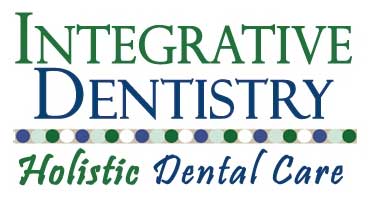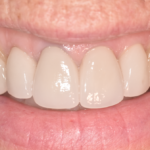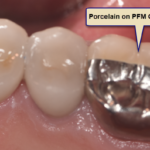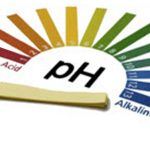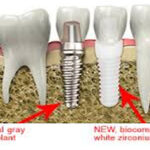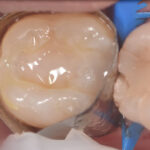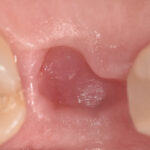Amalgam or ‘silver’ fillings have been the mainstay of modern dentistry ever since the mid 1800’s. They are inexpensive, easy to place and last a long time. However, even when they were first introduced there was controversy as to whether or not they should be used. The problem with amalgam fillings according to many is that they contain up to a half gram or 50% mercury per filling. They are not a true alloy but an amalgamation of metals that can release small amounts of mercury during chewing and when eating warm or hot foods.
For a long time the American Dental Association maintained that mercury was not released from silver fillings. Now it is generally known that a filling does release mercury, up to 10-15 micrograms per day. Now the ADA position highlights the fact that amalgam fillings have 150 years of successful use in the profession and all during that time there has been little peer review research showing that the mercury released from these fillings causes any sort of disease state or builds up to a toxic level in the body. In fact the ADA maintains that there is little to no risk inherent in placing and keeping these fillings except in cases of allergy, which is extremely rare. Additionally the ADA stance is that it is professionally questionable to replace them at all, because the aggressive nature of dental treatment necessary to replace them risks tooth damage and root canals.
The Environmental Protection Agency has maintained that mercury in small amounts is a very toxic substance and an environmental hazard. The State of California regulates the use of toxic substances in the workplace and has mercury on its list of substances that cause birth defects. The World Health Organization has stated that there are no safe levels of mercury when it comes to the human body. The quote that follows came from a 2005 report, “Recent studies suggest that mercury may have no threshold below which some adverse effects do not occur.” At the same time, however, the W.H.O. sets the toxic threshold for mercury toxicity at a high enough level as to all but eliminate amalgam fillings as a source of mercury poisoning.

Carey O’Rielly DDS has been a practicing dentist for 35 years. He went to USC Dental School and Duke University for his undergraduate degree. He grew up in Laguna Beach and now lives in La Costa with his wife Victoria, who runs his office.
He began his career by owning and operating a network of six offices in the San Francisco Bay Area. Presently he owns a private holistic practice in North County San Diego’s Encinitas.
Dr. O started looking for solutions to his health challenges that resulted from the stress and environmental toxicity that built up over a ten year period running his dental network. He has dedicated himself to learning about oral systemic problems and how dentistry can affect your health. He has applied what he has learned over the last twenty years to ensure he, his staff and his patients are protected from the chemicals and toxic materials found in most dental offices. He has produced an environmentally friendly office that is also peaceful and calm.
He is an expert on dental materials having looked at hundreds of biocompatibility lab tests over the years. He has identified the most bio-friendly materials to use in his practice and which dental materials can be used to replace metal fillings and crowns, including BPA free and fluoride free ‘white’ fillings. He also uses metal-free Zirconia or ceramic implants and PRF (platelet-rich fibrin) grafting materials which come from the patient’s own blood.
Dr. O’Rielly teaches C.E. courses on the systemic effects of gum disease. He is an expert in using phase contrast microscopy for analyzing dental infections, where he shows patients what kind of microbes, i.e. bacteria, amoeba, and yeasts like candida are populating the mouth and affecting the body as a whole.
He has an educational blog and is writing a book on dental health called ‘Hidden Dental Infections: Healing Root Canals and Infected Teeth with the Erbium Laser’ where he discusses dental nutrition, toxic dental materials and the effects of old root canals on inflammation and overall health.
